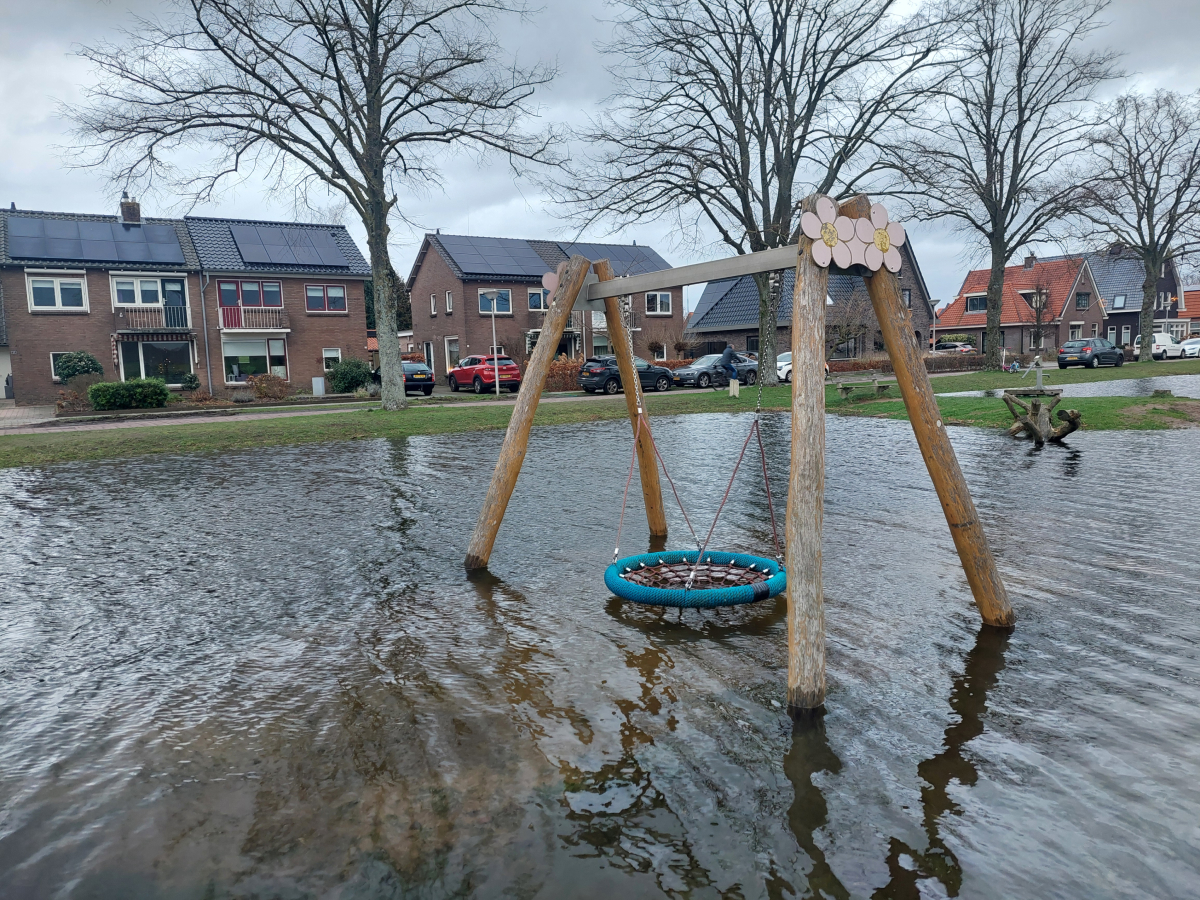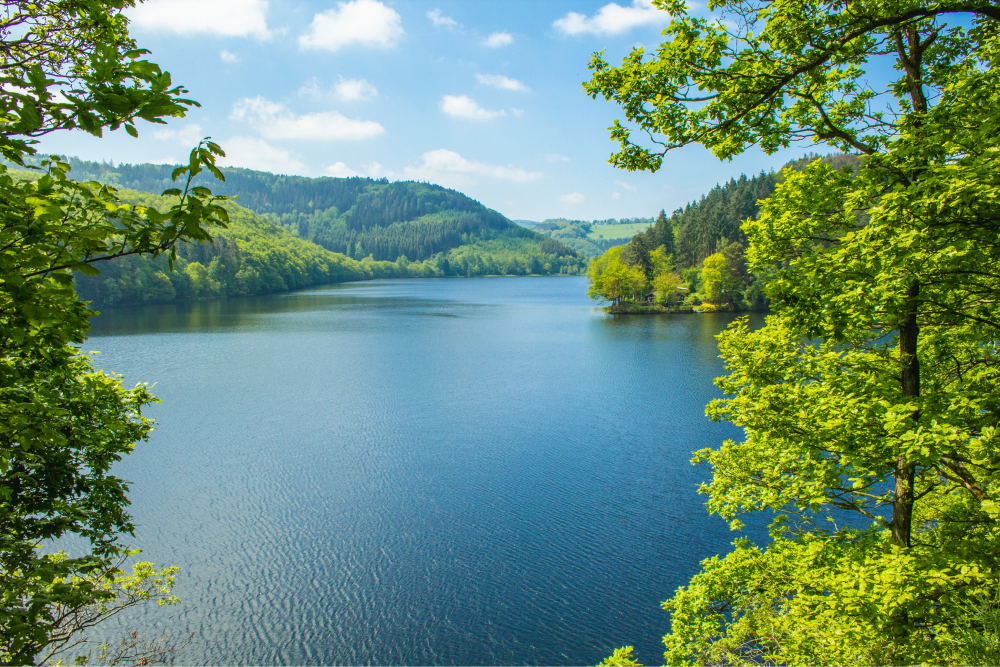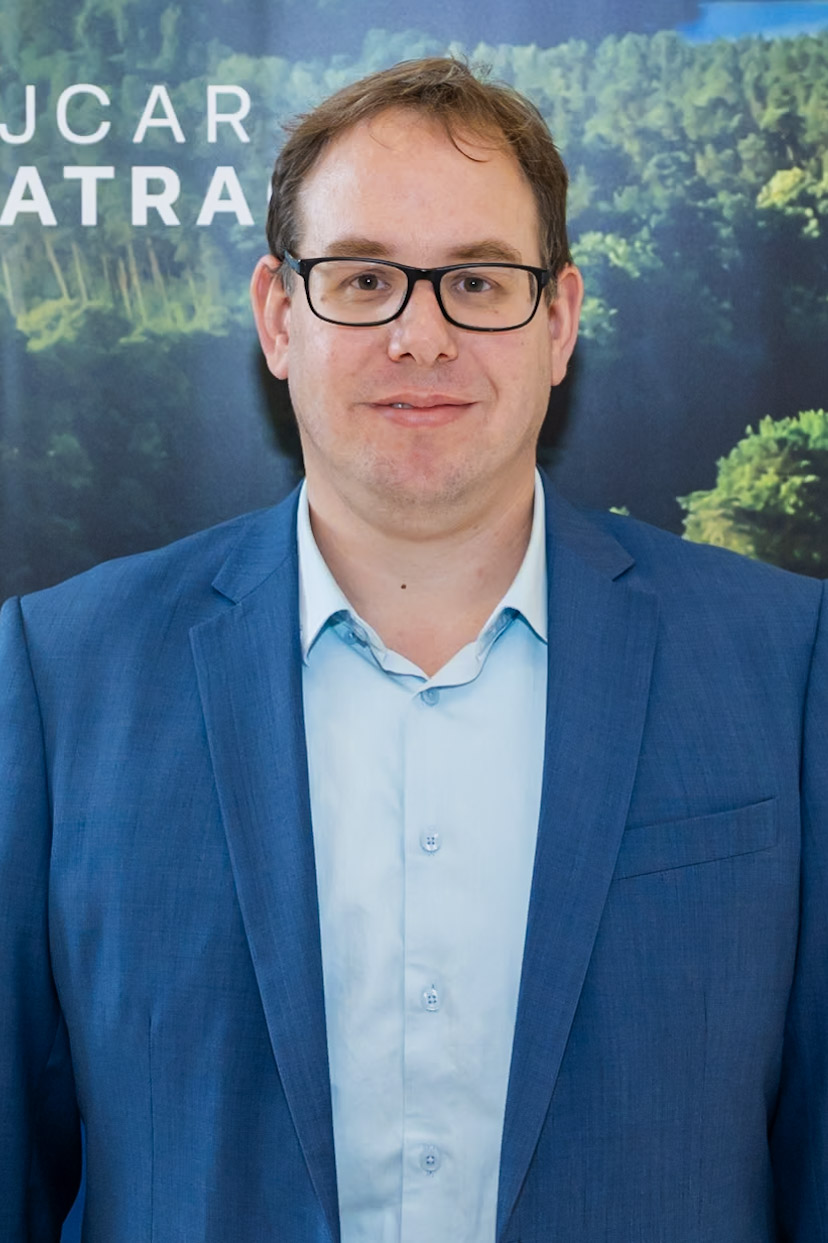Rapid action studies
When it comes to preparation of flood and drought management, research must adapt to the urgency and speed at which action is required. This is where the Rapid Action Team (RAT) Studies come in, providing relevant research in a timely manner.

‘How to consider climate change in flood estimation and design? – Current practices in Germany and the BeNeLux countries’
Partner organizations involved
GFZ Potsdam, KU Leuven, VU Amsterdam, TU Delft, Uliège, LIST, Utwente, RWTH Aachen, Deltares
Regions covered by the study
Germany and Benelux
Scope & objectives
In North-West Europe, river floods have been increasing over the last decades and are also expected to increase in future. Other studies suggest that only rare floods are increasing in magnitude, while frequent floods might decrease, which could be particularly challenging for flood risk management (FRM). The event in 2021 also demonstrated the need for dealing with transboundary floods. Floods do not obey borders, and so also FRM should take transboundary approaches.
The aim of this study is to provide an extensive overview of how climate change is currently considered in FRM in Germany and the BeNeLux countries. This addresses both, how climate change is integrated in the flood estimations (how are scenarios developed?), as well as how it is considered in management practices (how are scenarios and projected changes considered?). This is done with special interest for the management of floods in regional transboundary river basins.
Approach
Through literature review and interviews with selected stakeholders, the current status in the countries is identified and compared. For example, the Netherlands estimated nationwide flood risk scenarios for a high and low level of CO2 and a wet and dry future through a defined set of models. In contrast, in Germany only two regions have specified approaches for considering climate change in FRM so far, while other regions are waiting for an improved knowledge base.
Actions/Tasks
Phase 1 (March – June): review of international literature and screening of approaches in the study region
Phase 2 (July - October): prepare approach and interview with stakeholders
Phase 3 (September - December): synthesis and recommendations
Outcomes/expected outcomes
Establishing a well-founded overview of current practices, demands and concerns of stakeholders is an important first step towards a more climate-resilient transboundary FRM in the study region. Expected outcome of RAT: summary of the (international) state of the art, collection of approaches used and concerns, demand in regional river basins, recommendations for considering climate change in FRM in transboundary river basins
Next events/actions in the next 6 months
- Joint literature review (until July)
- Interview of stakeholders (July – October)
- Publication and presentation (December)

How to consider climate change in flood estimation and design? Current practices in Germany and the BeNeLux countries
Transnational analysis of flood damage and adaptation datasets collected in the aftermath of the 2021 floods
Assess cross-country differences and similarities in household flood adaptation and the effectiveness of such adaptation options

Transnational analysis of flood damage and adaptation datasets collected in the aftermath of the 2021 floods
Assess cross-country differences and similarities in household flood adaptation and the effectiveness of such adaptation options.
Partner organizations involved
VU Amsterdam, Université de Liège, GFZ Potsdam
Regions covered by the study
Ahr-tal, Vesdre valley and Limburg
Scope & objectives
Following the 2021 European floods several independent data collection initiatives were undertaken in the affected regions of Belgium, Germany, and the Netherlands. The resulting object-level datasets contain valuable complementary information on hazard characteristics, vulnerability of exposed assets, and socio-economic factors which drive the adaptation capacity of the households and communities. So far, these datasets were analysed independently or in subsets; but no previous study aimed at extracting new scientific understanding from the fusion of all existing datasets. Such a holistic view offers the potential to strengthen the robustness and statistical significance of previous analyses, unveil new knowledge on flood damage mechanisms, reveal significant patterns between regions (in terms of hazard, vulnerability, damage, and coping capacity), and disclose possible bias resulting from data being collected at different periods and by different means (e.g., in-person vs. online surveys). It will also contribute to establish a common ground for subsequent analyses, such as upgrading flood damage models, assessment models to simulate the effect from adaptation and fine-tuning research questions to be addressed in the scope of the PhD research planned within JCAR-ATRACE (coupling of human-water systems, damage modelling …)
Approach
To cross compare surveys in NL, Ger and Be to assess cross-country differences and similarities in household flood adaptation and the effectiveness of such adaptation actions.
Actions/Tasks
- Systematic comparison and merging of the questionnaires used in the already conducted surveys;
- Match between variables collected in the various surveys to generate one harmonized dataset;
- Data exploration, descriptive statistics, and analysis (features extraction, regressions …) predominantly based on regression methods;
- Description of the main drivers of household flood adaptation in the three countries.
Outcomes/expected outcomes
Dissemination of the study results through a joint scientific paper
Design and install harmonized climate-robust flow and debris observation system in (transboundary) regional river basins
Partner organizations involved
TU Delft, Université de Liège, RWTH Aachen, Deltares
Regions covered by the study
Limburg, Wallonia, North-Rhine Westfalia
Scope & objectives
Previous research on the 2021 flood revealed the lack of good quality data across the transboundary catchments of the Benelux+ region, which is pivotal for the development of reliable hydrological and hydraulic modelling. This points out the need for new and innovative field instrumentations across the Benelux+ river basins to collect relevant information on hydrologic and hydraulic parameters. In addition, the high damage associated with water-borne debris during the 2021 floods calls for an understanding of their characteristics across the river basin, including size, volumes and arrival time.
Approach
To address these issues, this RAT study has three mains goals: (1) Identify suitable locations in the Netherlands, Belgium, Germany and Luxembourg, where these new measurement instruments will be installed. This will be conducted in collaboration with local partners and authorities, jointly with ULiège and (possibly) RWTH Aachen. (2) Selection of the main hydraulic/hydrological parameters to be monitored at each location, including precipitations, evaporation, soil moisture, (ground)water levels, surface velocities, discharges and water-borne debris characteristics. (3) Installing monitoring systems using sensors and video cameras located in proximity of existing hydraulic structures that are critical for the convey of water during floods. Large Scale Particle Image Velocimetry (LSPIV) will also be conducted using OpenRiverCam to estimate surface flow velocities and discharges. For floating debris and debris accumulations, image processing of collected data will also allow for a statistical characterization of the main features associated with water-borne debris, including size, volume, arrival intensity and accumulation mechanisms.
Outcomes/expected outcomes
Altogether, this study will allow to design and install an harmonized hydrologic / hydraulic observation system for several river catchments in the transboundary region, aiming to strengthen transboundary monitoring networks. In addition, this RAT will set the base for data collection that will be pivotal for the follow-up PhD research within the JCAR project.
Next events/actions in the next 6 months
- Identify suitable locations for installation of instruments
- Selection of monitoring parameters
- Installation monitoring systems. All actions will be carried out before summer 2024.

Design and install harmonized climate-robust flow and debris observation system in (transboundary) regional river basins
Design a stress-test approach for the Rur river basin

Stress test Rur
Partner organizations involved
RWTH University Aachen, Institute of Hydraulic Engineering and Water Resources Management
Regions covered by the study
Rur catchment (Germany, the Netherlands and Belgium)
Scope & objectives
The “stress test Rur” aims to gain a better understanding on how the Rur catchment reacts under extreme conditions. The objective is to explore the consequences of such a ‘stress’ on the system, and to identify different types of measures and their effects on mitigating the extreme consequences.
By carrying out this stress-test we will further develop the stress test approach such that the stress test Rur can become a guideline for other stress tests on the same catchment or other catchments in the cross-border area between the Netherlands and Northrhine-Westfalia.
Additionally, this stress-test explicitly uses a transboundary approach. We consider the catchment, and additionally focus on the region near the Dutch-German border. The consequences of these measures are being investigated, with a focus on cross-border effects. For example, what do measures in Germany mean for water safety in the Netherlands, and vice versa? These measures are not confined by borders and are primarily assessed based on their effectiveness, not their feasibility.
Approach
The stress test consists of three main phases:
1. Scoping and starting points
2. Analysis system working and
3. Screening of measures.
The phase “scoping and starting points” includes
A comprehensive description of the study area and the water system.
An inventory of available models of several types (hydrological models, hydraulic models, reservoir models, water balance models and other models) is compiled to support a selection of models for later phases of the stress test.
A stakeholder overview (governmental organizations, private organizations, and research organizations) for the different countries (Germany, the Netherlands, Belgium) with type and structure, responsibility, interests and tasks, challenges, and resources.
An overview of the institutional framework will be prepared as a table where corresponding organizations in different countries are related to each other.
The analysis phase is the core activity of the stress test. This activity involves defining and creating scenarios, executing model runs and analyzing the model results. Key aspect of the analysis is the failure of a system. What exactly a failure is, must be defined during the first phase and be refined during the analysis phase.
First, a base scenario will be developed that is expected to stress the system until it fails under extreme hydrological conditions. This base scenario will be accompanied by other scenarios. Scenarios are fed to a model or a set of models (e. g. hydrological model and a reservoir model). Model results are then evaluated to recognize bottle necks and critical states (e. g. flood threshold crossed) in the hydraulic system and its infrastructure.
The third phase focuses on mitigation measures aiming to reduce the negative impact of the hydrological stress and explore the solution space of measures. Starting point is a so-called long list of any potential measures, no matter if these are applicable for the catchment at hand (Rur) or not. The measures are categorized (physical measures, organizational measures, technical solutions, nature-based solutions) and reflect the flood risk management cycle. From this long list, measures are selected based on the results of the stress test. Measures that are already planned, executed or have been identified as possible options (Masterplan Inde und Vicht) are taken into account. Selected measures are evaluated with the help of the models.
Actions/Tasks
Description of the study area
Model inventory
Stakeholder analysis
Institutional framework
Scenario definition
Application of hydrological models
Definition of indicators for system failure
Identification of measures
Evaluation of measures with the help of models
Outcomes/expected outcomes
The stress test provides a better understanding of possible consequences of extreme flood events and identifies potential measures to mitigate negative consequences. Ideally, the results flow into the processes of spatial planning (development of master plans) and operational flood management (flood early warning), especially within the international context.
Once completed, this stress test gives example for other stress tests in the same region or in other catchments.
Next events/actions in the next 6 months
July 10, 2024: Meeting with Wasserverband Eifel-Rur to design details of the Stress test Rur
September 10, 2024: presentation at the International Meuse Symposium

